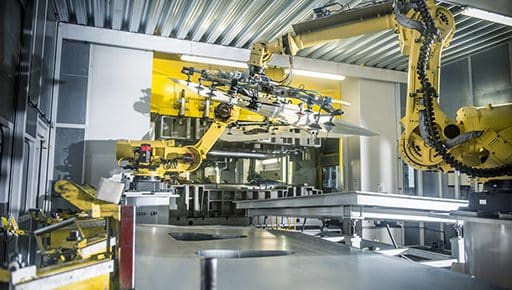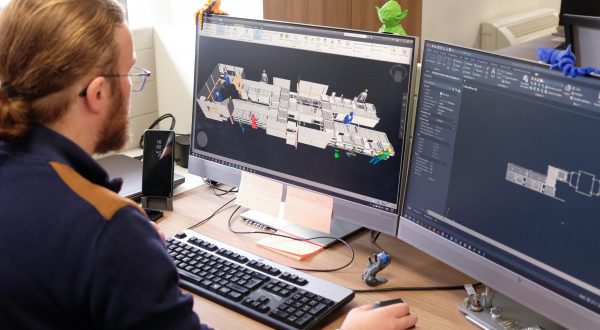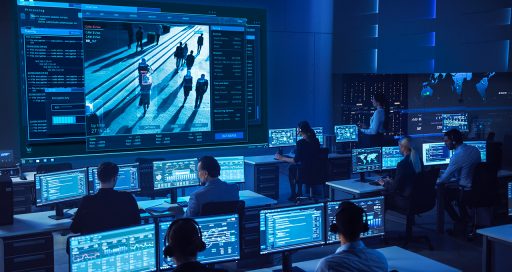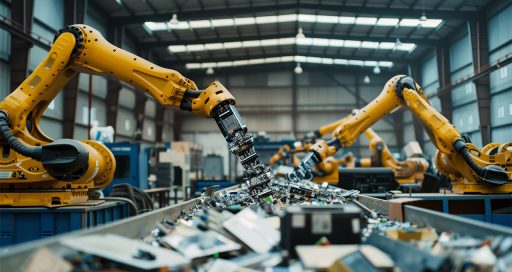Enhanced by artificial intelligence, visual recognition improves robot efficiency in assembly lines by moving closer to zero defects.

“Hey! I think this part has a defect; it’s a pinhole-size puncture. Want to take a look and confirm?” At the IBM Watson artificial intelligence centre in Munich, a robot is talking to the operator in charge of the assembly line. Alerted to the potential problem, the operator checks the part and agrees or disagrees with the robot’s interpretation.
Either way, this new information enhances the visual recognition algorithm developed by IBM, enabling the robot to become increasingly intelligent and efficient. According to IBM, the system can reduce inspection times for manufactured products by up to 80% and cut defects by 7 to 10%.
Machine learning and image analysis
To “train” the robot, IBM Watson teams first fed the recognition programme images of all the types of defects usually detected visually by an operator. The system, which includes an ultra high definition camera, then took images in real time of the parts moving along the production line so as to compare them against images of defects. “What’s crucial in this type of system is the image analysis expertise,” says Thomas Hoffmann, development director at Actemium.
The expertise lies to a greater extent in image processing than in the 3D camera fitted into the robot
This VINCI Energies brand, which specialises in solutions for the industrial environment, is particularly active in the field of visual recognition. Actemium has developed a solution for a car manufacturer in Le Mans which involves the robot “bin-picking”, in other words identifying castings stacked in a crate, grabbing them one at a time however they are positioned, and placing them on a conveyor belt. “Here again, the expertise lies to a greater extent in image processing than in the 3D camera fitted into the robot,” stresses Thomas.
Likewise in Poissy, Actemium has designed and produced an automated production line for inflight meal preparation based on image recognition on behalf of airline catering company Servair. In this case, the vision-enabled automated line loads and prepares fresh produce trays with the various components that it is capable of recognising.
Aeronautics sector moves ahead
A French company has already laid firm foundations in the field of part compliance monitoring, an area in which IBM Watson has recently become involved. Actemium Toulouse Robotique et Automation is finalising a solution for an aeronautics company based on the same process as IBM Watson, but which goes even further: here, a photograph of the assembly is compared against its 3D digital model.
It’s no longer a case of identifying a scratch or a perforation but of “ensuring a perfect match between the digital master and the part or assembly completed,” explains Jérémie Pedros, business unit manager of Actemium Toulouse Robotique. “The advantage of this approach, which is geared towards the Factory of the Future, is that the compliance issue is handled at an earlier stage and it avoids the algorithm learning phases,” he says.
15/11/2017





